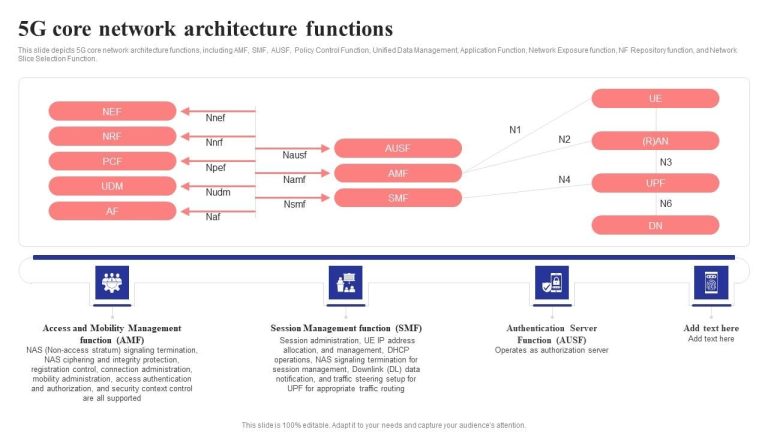5G on Spectrum: How Frequency Bands Impact Speed and Coverage
telcomatraining.com – The rollout of 5G technology has revolutionized mobile connectivity, providing ultra-fast speeds, low latency, and improved network reliability. However, not all 5G networks perform the same, as their efficiency depends largely on the frequency spectrum used. This article explores how different 5G frequency bands impact speed and coverage, ensuring a better understanding of the technology that powers next-generation communication.
Understanding 5G Frequency Bands
5G operates across three main frequency bands: low-band, mid-band, and high-band (millimeter wave). Each of these bands plays a crucial role in balancing speed, coverage, and capacity.
1. Low-Band Spectrum (Below 1 GHz)
The low-band spectrum, often below 1 GHz, provides extensive coverage and strong signal penetration, making it ideal for rural and suburban areas. It ensures seamless connectivity indoors and across long distances. However, the major drawback is its limited bandwidth, which results in lower data speeds—usually ranging between 50 Mbps and 250 Mbps. While it doesn’t deliver gigabit speeds, its ability to provide widespread connectivity makes it a foundational part of 5G deployment.
2. Mid-Band Spectrum (1 GHz – 6 GHz)
The mid-band spectrum, particularly in the 3.5 GHz range, strikes a balance between speed and coverage. It offers significantly faster speeds than low-band (ranging from 100 Mbps to 1 Gbps) while maintaining decent coverage. This band is considered the “sweet spot” for 5G, as it provides better performance in urban and suburban areas without requiring an excessive number of cell towers. Many countries prioritize mid-band frequencies for 5G expansion due to their ability to support large-scale deployments efficiently.
3. High-Band Spectrum (Above 24 GHz, Millimeter Wave)
The high-band spectrum, often referred to as millimeter wave (mmWave), delivers the fastest 5G speeds, exceeding 10 Gbps in ideal conditions. This spectrum is essential for applications requiring ultra-low latency and massive bandwidth, such as smart cities, industrial automation, and immersive AR/VR experiences. However, mmWave has limited range and struggles with obstacles like walls and buildings, making it suitable primarily for densely populated urban areas, stadiums, and business hubs. To compensate for its short range, mmWave requires extensive small cell infrastructure.
How Spectrum Affects 5G Performance
Speed vs. Coverage Trade-Off
The choice of frequency band significantly impacts the overall performance of a 5G network. Low-band provides broader coverage but lower speeds, whereas high-band offers incredible speed but requires more infrastructure. Mid-band serves as a middle ground, ensuring good coverage and decent speed, making it the preferred choice for many operators.
Impact on Network Deployment
To achieve nationwide 5G coverage, telecom providers adopt a layered approach, combining different frequency bands. Low-band ensures basic 5G accessibility, mid-band enhances performance, and high-band supports high-capacity use cases. The deployment strategy varies by region based on spectrum availability and regulatory policies.
Conclusion
5G’s performance is intricately linked to the spectrum it operates on. Understanding how frequency bands impact speed and coverage helps users and businesses make informed decisions about 5G adoption. As network providers continue optimizing spectrum utilization, the future of 5G will bring even more innovation and connectivity to the digital world.







